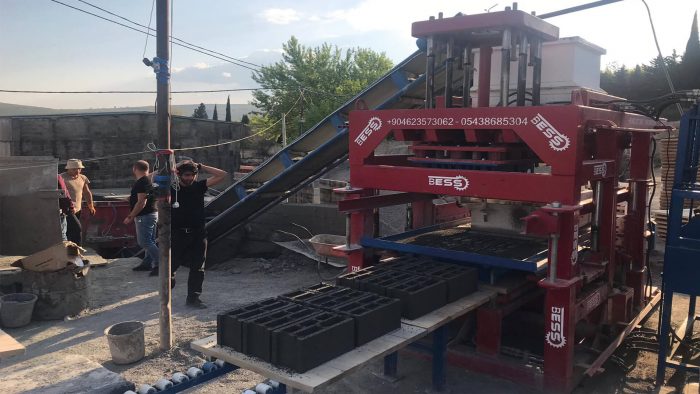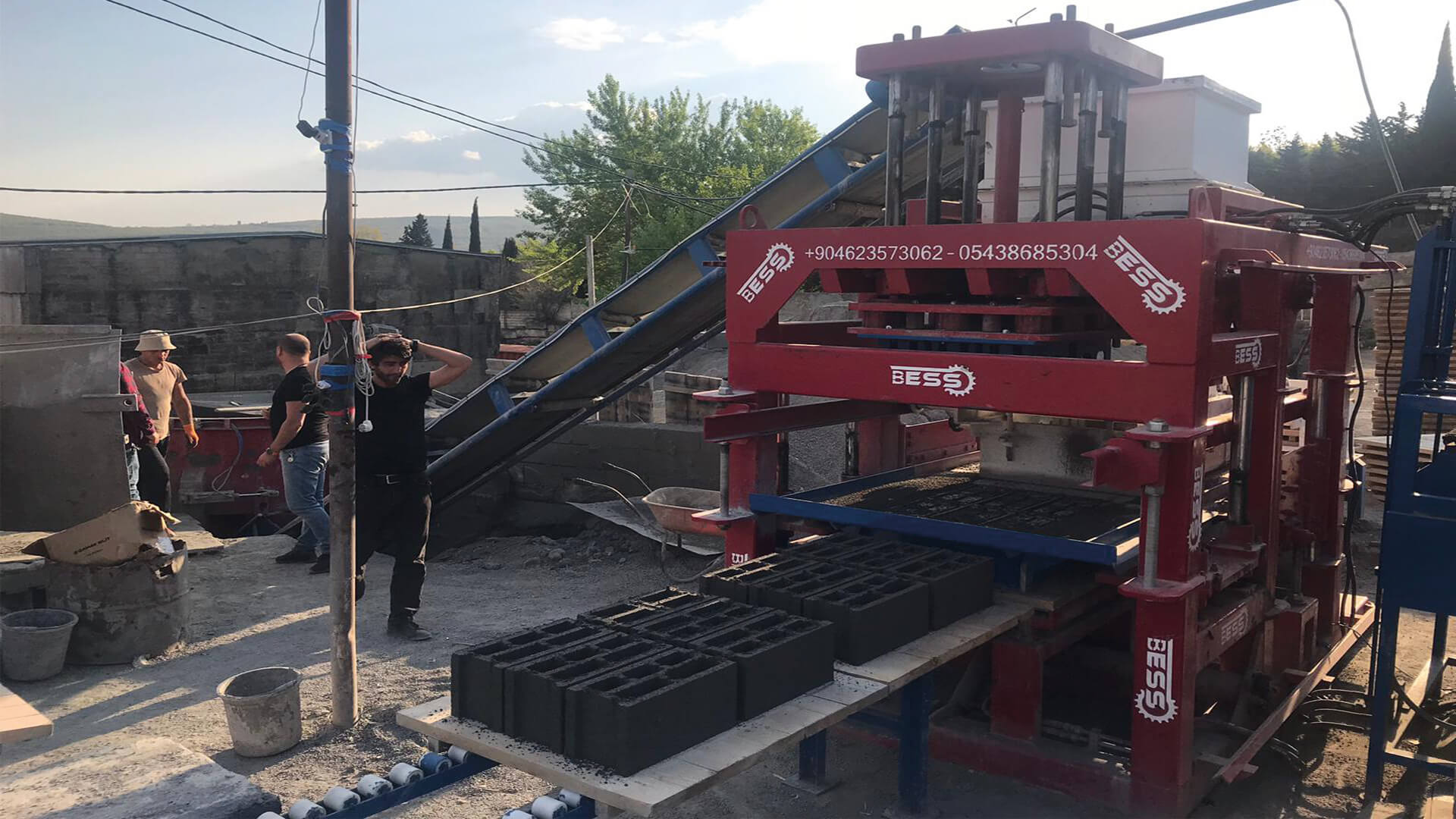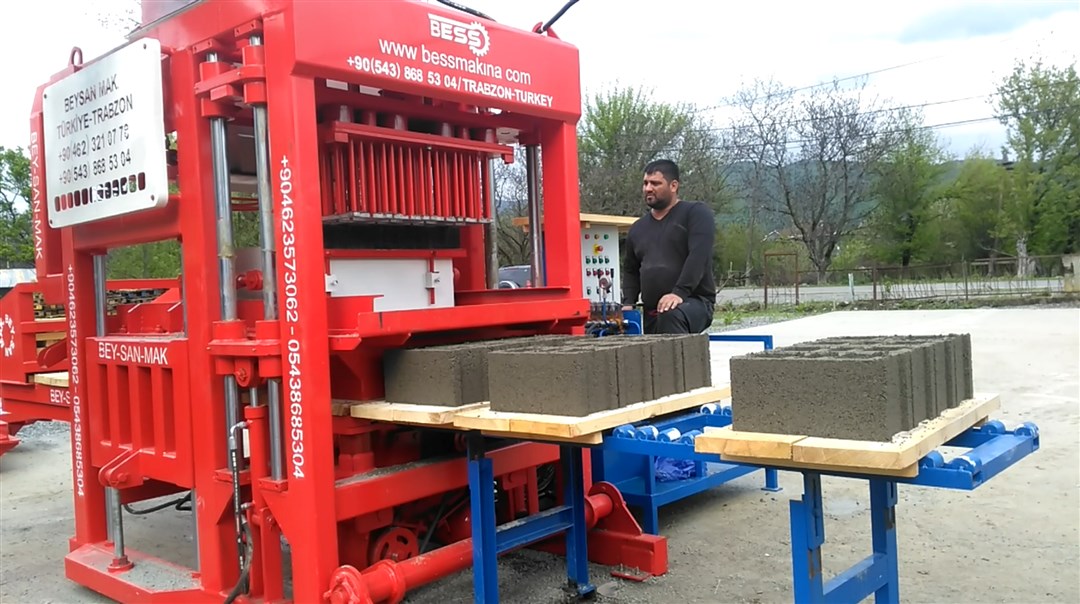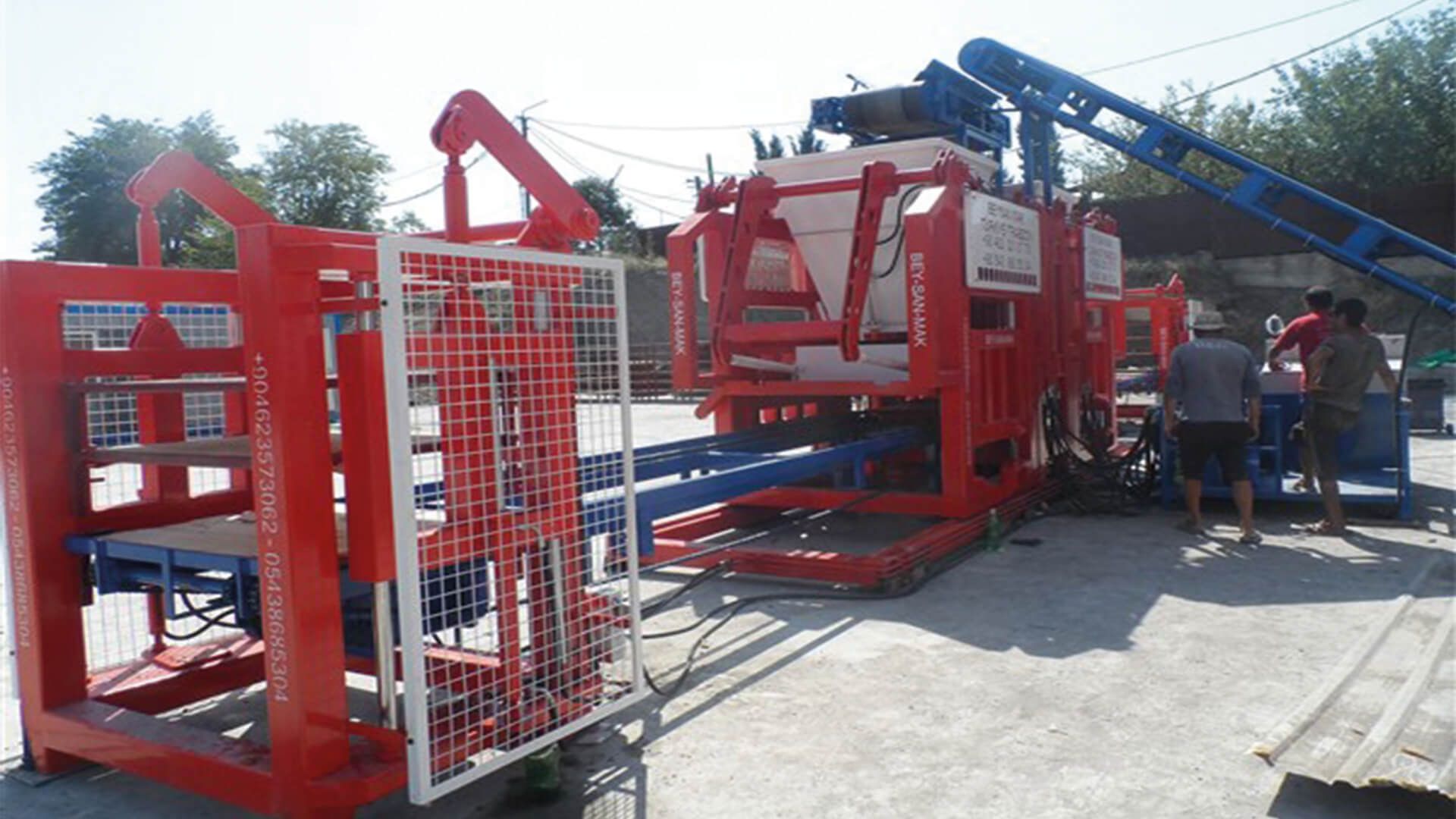
To have a better understanding of concrete block manufacturing business we need to talk about some product details first. Concrete is the first one on the list.
“Concrete blocks are nowadays replacing bricks in masonry construction, notably in many multi-storeyed buildings. They are
available in three types namely solid, hollow and cellular, widely used for the construction of filler walls and boundary walls in RC
framework.”
Concrete is formed when raw materials like sand, fly ash, limestone, or clay are mixed with cement and water. There are different standards for concrete ratio depending on your needs. The list below shows different types of concretes based on your project:
- normal strength concrete
- reinforced concrete
- light-weight concrete
- high-density concrete
- polymer concrete
- high-strength concrete
To produce each type you need to apply different raw materials with different ratios. Water is also important to be high quality and clean so the quality of the concrete won’t be reduced.
Concrete blocks
A concrete block is a general name used for a variety of blocks used in the construction business. Some examples of blocks are:
- Hollow concrete block
- Solid concrete block
- Paving block
- Interlocking block
- Curbstone
- Lawn block
- Lego block
- Roof gutter
The standard size of the concrete block well-known all over the globe is a 20cm width X 40cm length X 20cm height hollow concrete block. With this block, the size of the concrete block machine is determined as well. If you are interested to learn more about this subject you can read the article concrete block machine.
The concrete used for producing concrete blocks is usually normal strength concrete but there are other possibilities as well. The ratio of the raw material used to produce concrete blocks depends on your country and available raw materials. The standard ratio used for this purpose is 1to4, it means for every four units of raw materials we use one unit of cement but usually, people find the best ratio by trying different ratios and testing them on their concrete brick making machine. This is due to the different raw materials and the amount of water they may absorb for the best performance.

Concrete block manufacturing options
you need to decide about your concrete block manufacturing business plan very carefully. because it is the most important factor in this business. deciding about this issue needs consideration on a lot of factors like the country you are living in and the availability of raw materials. Different options are described below:
1. Completely manual block manufacturing
The process of producing concrete blocks can be totally manual. This is a very small scale business suitable only for small scale businesses. The advantage of this method is that it needs a very low budget to start the business. The disadvantage of this method compared to other methods is that it consumes a lot of time, you need more labors, your labor cost is higher, your mix ratio is not the same over time and the quality of the products will be different over time, the overall quality is also lower because the vibration power is not applied in production line and the capacity is very low. According to the market, this method is not preferred by customers anymore.
2. Semi-automatic block manufacturing
The semi-automatic method covers some of the disadvantages that the manual method has. In the semi-automatic method, a mixer and an interlocking brick machine are provided for the plant. The mixer makes the mortar preparation faster and the machine provides more than 2 blocks (at least 3 blocks) in each press. This will increase total production capacity and overall quality because of the vibration table that is mounted on the machine.
The disadvantages of this system are that the mixer and the machine are operated by an operator. Loading raw material to the mixer is also done by workers. As you can guess the number of workers won’t drop considerably in this system. The other disadvantage is that you need a bigger curing area to dry your products. It is because of the manual pallet transfer system to the curing area. The pallets are delivered to the curing area one by one by handcarts.
if you are interested in this type of machines you can read more about them in hollow block machine article

3. Automatic block manufacturing
To change the semi-automatic system to an automatic system we need to add a list of equipment to the semi-automatic system.
* Aggregate hopper
* Weighing belt under the aggregate hopper
* Conveyor belt to feed the mixer
* Automatic pallet collecting system
* Cement silo
Your raw material is first added to the aggregate hoppers. Then the paver block machine automatically feeds the mixer with raw materials needed. The weighing system takes care of the ratio of the raw materials by weighing them and adding the exact amount based on the ratio.
Water and cement are also added to the mixer automatically. the mixer is also operated automatically. After the mortar is formed in the mixer it is delivered to the concrete block making machine. The machine which is operated by an operator starts the production of concrete blocks. Five pallets are stored on top of each other by automatic pallet collecting system then forklift comes and takes 5 pallets together to the curing area.
The number of workers needed for your site is considerably lowered in this system. The area needed for the curing area is also decreased five times.
you can read more about this topic in paver block machine article

4. Full-automatic block manufacturing
Everything is this concrete block manufacturing plant is done automatically by machines. All you need to do is to provide the site with the raw materials needed and just push the start button the plant starts the production line automatically and you just need a forklift operator to transfer the pallets to curing section.
the disadvantage of this system over other systems is that it is more expensive than other systems, this system is preferred in countries that labor cost is very expensive.

concrete block manufacturing business plan analysis
1. Availability of raw materials in the local market:
You need to see what kind of materials are abundant in your area with economical price
2. Choosing a long term use designed machine
The machine you purchase should be high-quality and designed for long-term use. Otherwise, the annual expenses of maintenance will be high.
3. Providing a suitable electrical and water system for your plant:
The quality of the electrical network is important for the machine and the quality of the water is also important for product quality. If there are lots of minerals dissolved in the water it won’t be suitable for the products.
4. Study of famous products in the local market:
You need to find out which blocks are famous in your area so you can sell them easily.
5. Considering the future for your plant:
It is necessary to buy appropriate land for your plant. If you expand your plant in the future the land should be big enough or you will need to buy another land.
You also need to consider the capacity of your machine for the future. If you have enough budget it is better to buy a bigger machine but if you are low on your budget you can use your machine in two shifts.
Conclusion
Analyzing the concrete block manufacturing business plan is very important because after you buy the machine there is no returning back. You need to consider different brands and different capacities to find the best option. Consider that some machines are cheap and low quality, buying such a machine will cause you lots of different problems.







